What to Plant in Autumn: Your Ultimate Guide to an Autumn Garden
As the cool breezes of autumn roll in, many gardeners may feel the urge to wind down their gardening tasks. However, autumn is actually a prime time to plant a variety of bulbs, seeds, and even vegetables that will thrive in the cooler months and set the stage for a vibrant garden come spring. Before the first frost sets in, make sure you’ve thought about what to plant in autumn for a successful harvest.
Whether you're an experienced gardener or just starting your green-thumb journey, knowing what to plant in autumn and how to maintain the garden space properly can lead to a flourishing garden. This season also brings the opportunity to plan and tackle essential autumn jobs in the garden.
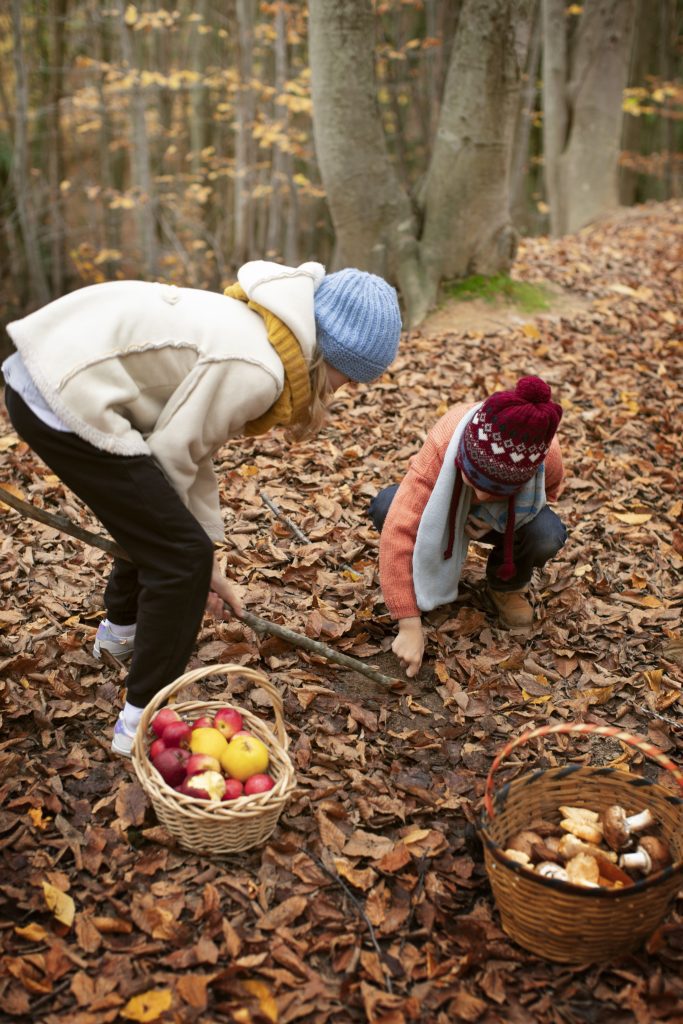
Why Even Ask, "What to Plant in Autumn"?
Autumn may seem like an odd time to initiate planting, but there are several benefits to getting seeds and bulbs in the ground now. The soil is still warm from the summer, allowing for faster root establishment before the winter frost sets in. Planning ahead and deciding what to plant in autumn will save time and effort next year. Additionally, autumn planting gives your plants a head start, meaning that come spring, they’ll burst into life with minimal effort on your part. By planning your garden now (hence, asking what to plant in autumn), you’re also extending your harvest and adding more seasonal interest to your space.
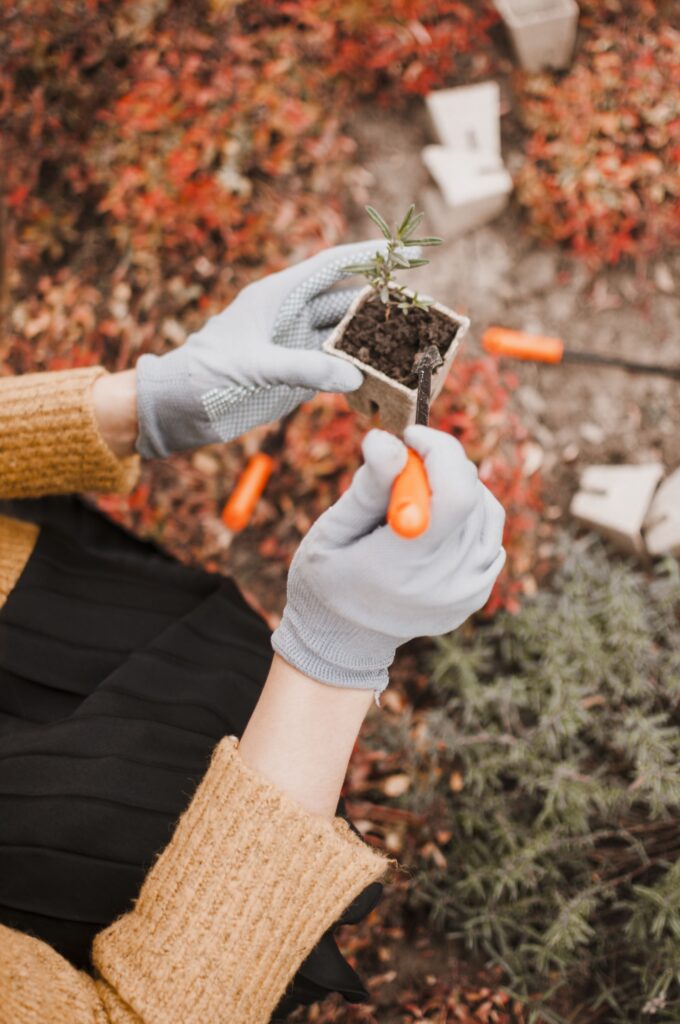
The Best Bulbs to Plant in Autumn
Gardeners often wonder what to plant in autumn to keep their plots productive during the colder months. One of the most common autumn garden ideas is planting bulbs that will bloom in spring. Bulbs planted in autumn take advantage of the cool season to build strong root systems, ensuring vibrant blossoms when the weather warms.
Tulips: These classic spring flowers need to be planted in autumn to bloom in April or May. Tulips prefer well-drained soil and a sunny spot in your garden. Check out Crocus UK for a variety of tulip bulbs that are perfect for your autumn planting needs.
Daffodils: Another spring favorite, daffodils are hardy and do well in both full sun and partial shade. They're also great for naturalizing areas of your garden. Plant your daffodil bulbs 15 cm deep in well-drained soil. Gardeners in the UK can find high-quality daffodil bulbs at Sarah Raven.
Crocuses: Perfect for planting in autumn, crocuses bloom as early as late February. These small but cheerful flowers can tolerate partial shade and will do well in rock gardens or naturalized areas. You can buy crocus bulbs at Thompson & Morgan.
When deciding on what to plant in autumn and choosing spring bulbs, remember to add a layer of mulch to protect them from frost and maintain moisture levels throughout the winter.
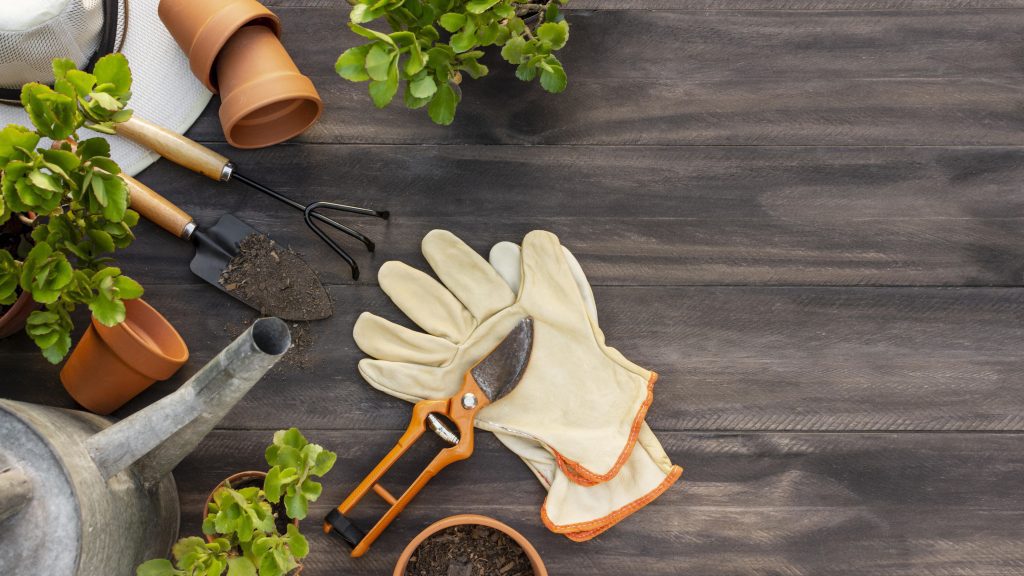
What to Plant in Autumn When It Comes to Veges?
When considering what to plant in autumn, it's important to choose cold-hardy varieties. Autumn is a fantastic time to plant certain vegetables that can either be harvested during the cooler months or early in spring. By planning what to plant in autumn and deciding on vegetables, you’re ensuring a steady supply of fresh, homegrown food even as the temperature drops. Some great vegetables to sow in autumn include:
Garlic: Garlic thrives when planted in autumn. Simply plant the cloves about 2 cm deep in well-drained soil and harvest the following summer. Garlic prefers full sun, so ensure it’s in a bright spot. You can find garlic bulbs at Suttons Seeds.
Kale: A cold-hardy superfood, kale is one of the easiest vegetables to grow in autumn. It needs at least six hours of sunlight a day and benefits from well-drained, fertile soil. Kale can be harvested throughout the winter and into early spring. For kale seeds, head to D.T. Brown.
Carrots: While they’re often thought of as a summer crop, certain varieties of carrots do exceptionally well when planted in autumn. Choose a fast-maturing variety and plant in loose, sandy soil. In our household carrots take a special place in everyone's heart (and plate). Especially my dog loves a good carrot crunch. That's why while deciding on what to plant in autumn, we have established carrots will definitely be a part of our autumn garden jobs. For a wide variety of carrot seeds, visit Mr Fothergill's.
Spinach: Spinach loves cool weather and thrives in partial shade. Plant spinach seeds in early autumn, and you’ll have fresh greens ready to harvest throughout the winter. Spinach seeds are available at Marshalls Garden.
When deciding what veges to plant in autumn, ensure they’re in a location that gets some winter sunlight and make use of frost covers to extend the growing season when necessary.
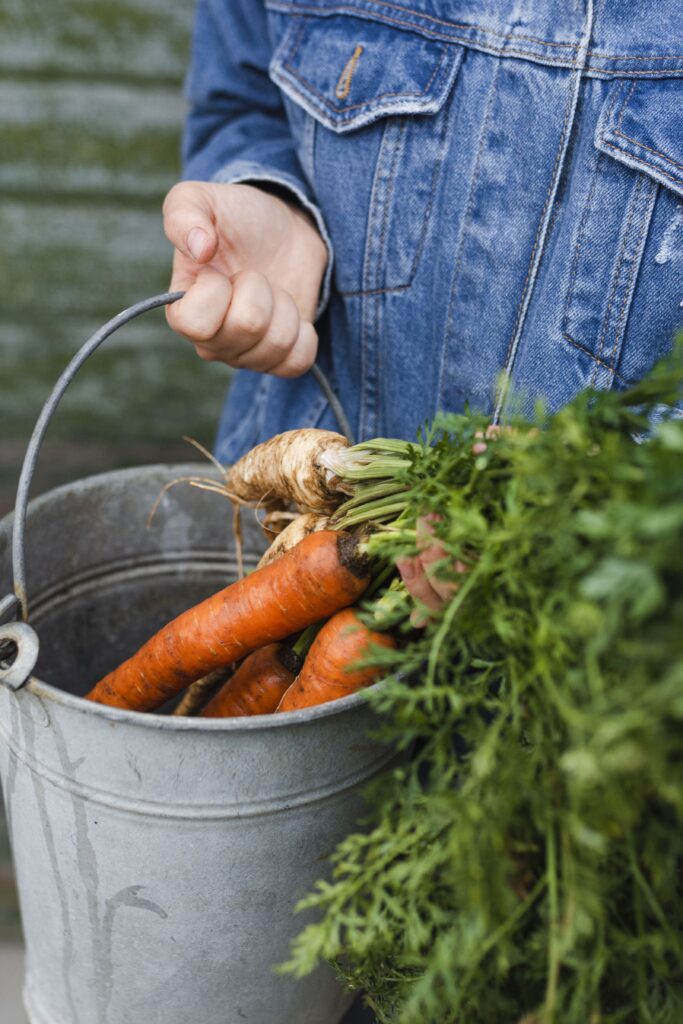
Herbs to Plant in Autumn for Soap Making
One unique way to utilize your garden when planning in advance what to plant in autumn, is by growing herbs specifically for making natural soaps. Not only will you enjoy the beauty and fragrance of these herbs in your garden, but you can also use them in homemade, chemical-free soaps that are perfect for gifting or personal use.
Lavender: This aromatic herb thrives in sunny, well-drained soil, making it a great autumn planting option. Lavender is well-known for its calming properties and is commonly used in soaps to promote relaxation. It is a main ingredient in handmade soaps, as it brings the perfect long-lasting scent to your homemade soaps. You can find lavender plants at Crocus UK.
Rosemary: Another easy-to-grow herb, rosemary can be harvested throughout the year, and its woody stems make a great addition to homemade soaps. Plant rosemary in full sun, in a spot with well-drained soil. I use Rosemary for my handmade herbal soap and it gives a divine scent, as well as a natural scrubbing effect. I wouldn't trade that for anything! Buy rosemary seeds at Thompson & Morgan.
Calendula (Pot Marigold): If there is one herb that "fixes everything" in natural skincare and alternative medicine, this is probably it. This beautiful flower has anti-inflammatory properties and is often used in soothing skincare products like soaps and salves. Plant calendula seeds in autumn, and they’ll bloom from spring to autumn the following year. Calendula seeds are available at Sarah Raven.
Chamomile: Chamomile thrives in cool weather and does well when planted in autumn. It prefers full sun and well-drained soil. Chamomile is known for its soothing effects on the skin, making it a wonderful addition to homemade soap. You can never have too much chamomile, especially in the colder months it is a must not only for skincare, but also for hot beverages. Purchase chamomile seeds at Suttons Seeds.
The key to a flourishing and well-pepared winter garden lies in choosing wisely what to plant in autumn. Growing herbs for soap making is not only practical but adds a personal touch to your DIY beauty routine. These herbs will thrive in your autumn garden, making them a perfect addition to your gardening checklist.
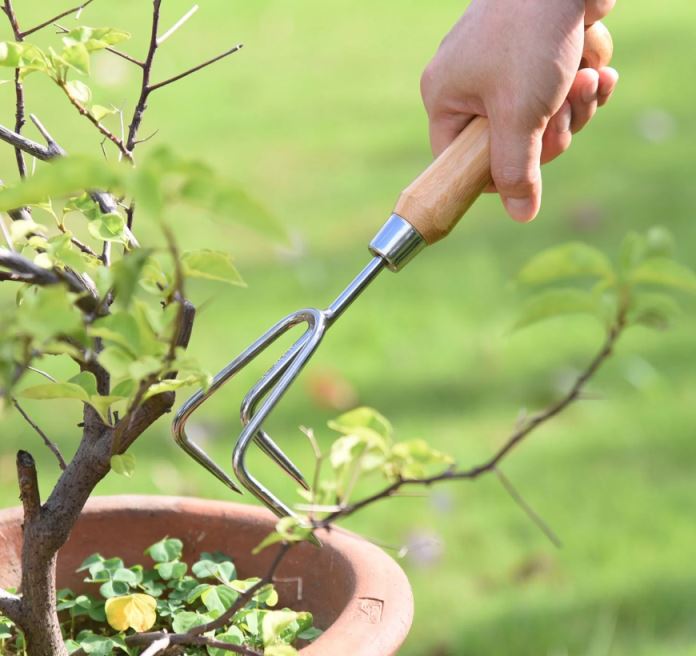
Flowers to Sow in Autumn
By carefully selecting what to plant in autumn, you’ll be rewarded with a vibrant garden come spring. Many flowers thrive when sown in the cooler months, as the cold stimulates growth.
Pansies: Known for their cold tolerance, pansies can be a good solution when choosing what to plant in autumn and will provide a pop of color during the winter months. Pansies prefer partial sun and well-drained soil. You can find a range of pansy seeds at Mr Fothergill's.
Sweet Peas: These fragrant flowers benefit from autumn planting, allowing them to develop strong root systems over winter. Plant them in a sunny spot with well-drained soil. For sweet pea seeds, visit Marshalls Garden.
Forget-Me-Nots: Another spring-blooming favorite, forget-me-nots thrive when sown in autumn. They prefer shady areas and will readily self-seed, ensuring a perennial show of delicate blue flowers. Get forget-me-not seeds at Thompson & Morgan.
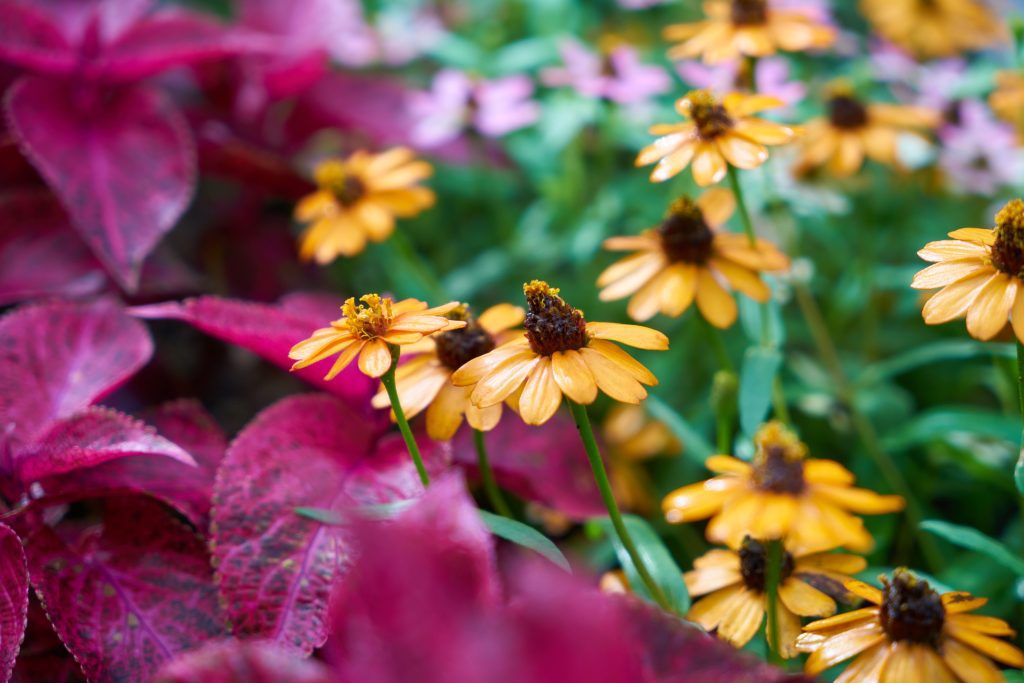
Autumn Jobs in the Garden
As you plan what to plant in autumn, it's important to keep up with essential autumn jobs in the garden. As the days grow shorter, gardeners are presented with a unique opportunity to prepare their outdoor spaces for the winter months ahead.
While planting bulbs and cold-hardy vegetables is a significant part of autumn gardening, equally important is ensuring your garden is ready to face the challenges of frost, snow, and fluctuating temperatures. While what to plant in autumn largely depends on the climate and soil conditions in your region, you can affect the condition you garden will be during the colder months altogether. Whether you have a small backyard plot or a communal garden, proper preparation can make all the difference in how your plants survive the cold and bounce back in the spring. Here's a detailed guide on how to prepare your garden for winter and ensure it's primed for success.
1. Clean Up Your Garden
One of the most straightforward yet essential tasks in fall garden preparation (apart from deciding what to plant in autumn) is cleaning up debris. As leaves fall and plants wither, it's vital to remove any dead or decaying material from your garden beds. This cleanup not only makes your garden look neat but also prevents diseases and pests from overwintering in the plant debris. Diseases like powdery mildew and pests such as aphids can take shelter in fallen leaves and rotting plants, posing a threat to your garden come spring. Rake up leaves, trim dead stems, and compost any healthy plant material.
If you're fortunate enough to have compost, autumn is the perfect time to feed your beds. Apply a thin layer of well-rotted compost to your garden soil, allowing it to break down over winter and improve the soil’s structure and nutrient levels for the next growing season.
2. Mulching for Winter Protection
Mulching is an invaluable autumn gardening practice, particularly when temperatures begin to drop. Adding a thick layer of organic mulch to your garden beds insulates the soil, helping to regulate temperature and moisture levels. This layer of protection helps prevent soil erosion, locks in moisture, and keeps the roots of your plants warm. It can also inhibit the growth of winter weeds, saving you time in early spring.
For best results, use organic mulches such as straw, shredded bark, or leaves. Apply a 5-10 cm layer around the base of your plants, being careful not to pile it directly against stems, as this can lead to rot. Mulching is especially important for newly planted bulbs and perennials, as their root systems need extra protection during their first winter.
3. Planting Winter Cover Crops
Another fantastic way to prepare your garden for winter is by sowing cover crops, also known as green manure. Cover crops like clover, winter rye, and vetch are planted in autumn and serve a dual purpose. First, they prevent soil erosion by holding the soil in place during winter rains and winds. Second, they improve soil fertility as they decompose, enriching the soil with organic matter and nutrients. Cover crops are a great solution for any empty garden beds you don’t plan to plant during the colder months.
Cover crops are easy to grow; simply sow the seeds directly into the soil in early autumn. Come spring, you can either till the crops into the soil or cut them back and leave them as a natural mulch.
4. Protecting Tender Plants
Once you've decided what to plant in autumn, you should also take care of what is already there or which plants will need more attention due to their fragility. If you have tender perennials or shrubs that are vulnerable to frost, now is the time to take protective measures. For plants that are not winter-hardy, such as dahlias, begonias, and some varieties of roses, consider adding a layer of frost cover or using cloches to shield them from frost and snow. Cloches are dome-shaped covers that act as mini-greenhouses, offering warmth and protection. Frost cloths or garden fleece can be draped over plants to provide insulation without cutting off airflow.
For potted plants, move them closer to the house where they can benefit from residual heat. Alternatively, bring them indoors or into a greenhouse if possible.
5. Caring for Garden Tools
Finally, autumn is the ideal time to care for your gardening tools. Clean, sharpen, and oil any garden equipment that you’ve used over the growing season. Sharp tools are essential for making clean cuts on plants, which reduces the risk of introducing diseases. Store your tools in a dry place to prevent rust and damage during the winter months. Properly maintained tools will last longer and make your gardening tasks much easier when spring arrives.
By taking the time to clean up, mulch, plant cover crops, protect vulnerable plants, and care for your tools, you're giving your garden the best chance to thrive over winter and into spring. Preparing your garden for winter not only keeps it healthy but also sets the stage for a beautiful, flourishing garden when the warmer months return. Taking care of these essential autumn tasks will give your garden the best chance to flourish through the colder months and be ready to burst into life in spring.

TLDR; For The Best Ideas on What to Plant in Autumn
Autumn is far from a dormant time in the gardening calendar. By understanding what to plant in autumn, you can extend your gardening season, enjoy fresh homegrown produce, and set your garden up for a beautiful and bountiful spring. From planting bulbs to growing herbs for soap making, there's something for every gardener to enjoy in this cool, crisp season.
Make sure to check trusted European gardening websites like Crocus, Sarah Raven, and Thompson & Morgan for high-quality bulbs, seeds, and supplies to enhance your autumn planting. By implementing these autumn garden ideas, you'll keep your garden thriving and colorful, even as the days grow shorter. As you know, a productive growing season starts with understanding what to plant in autumn and preparing your soil accordingly, so don't forget to clean, mulch and maintain the garden space itself as well.
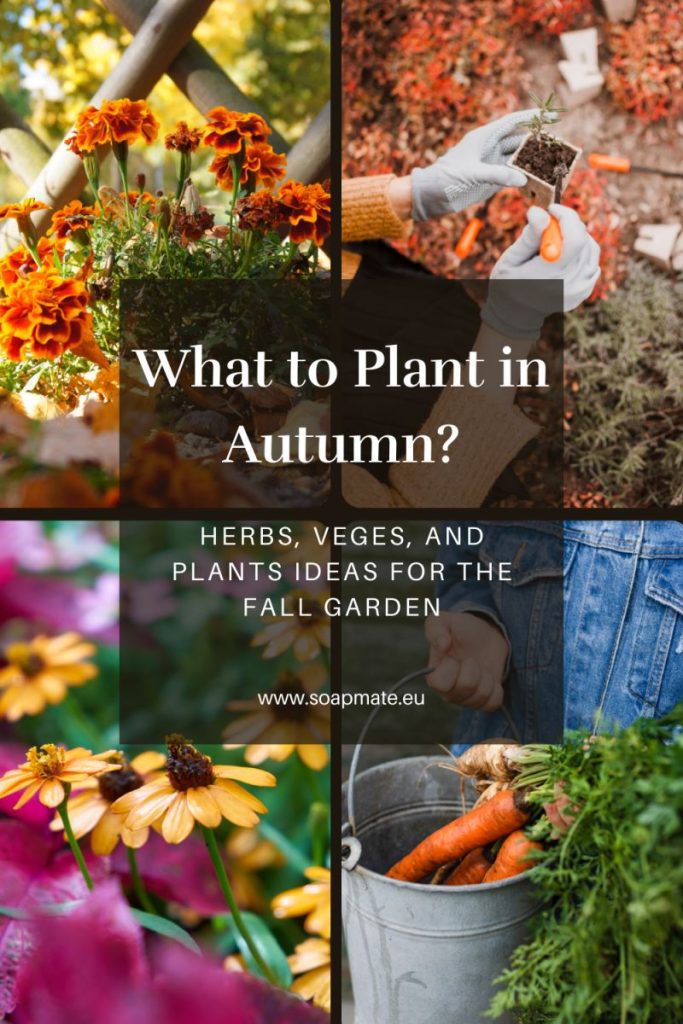
This article was all about ideas what to plant in autumn in order to have a good harvest produce in 2025. These autumn garden ideas revolve around different plants and veges to plant in fall, as well as general autumn jobs in the garden such as mulching, cleaning, preparing for the colder months ahead.
If you liked this post on what to plant in autumn, you can pin it for later, and you can follow my blog with Bloglovin.
